Lenovo Legion Go S Review
Handheld gaming PCs have exploded in popularity, largely thanks to the Steam Deck. Following suit, major PC manufacturers are releasing their own versions, and Lenovo's Legion Go S aims for a closer comparison to the Steam Deck than its predecessor. Unlike the original, the Legion Go S boasts a unibody design, ditching the removable controllers and extra buttons. A SteamOS version is slated for later this year, making it the first non-Valve handheld to offer this OS out of the box. However, this review focuses on the Windows 11 model, which, at $729, faces stiff competition.
Lenovo Legion Go S – Photos
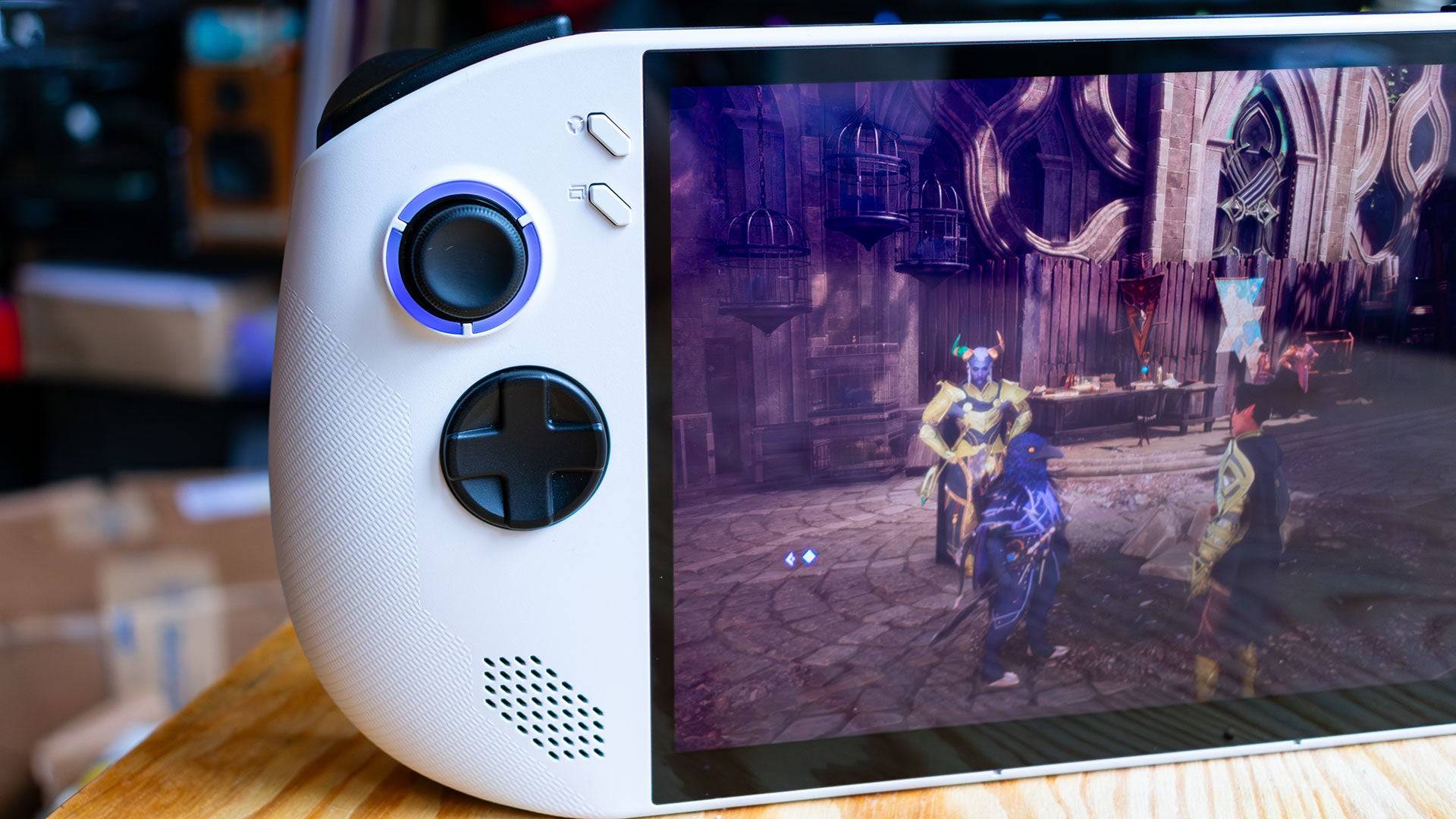
 7 Images
7 Images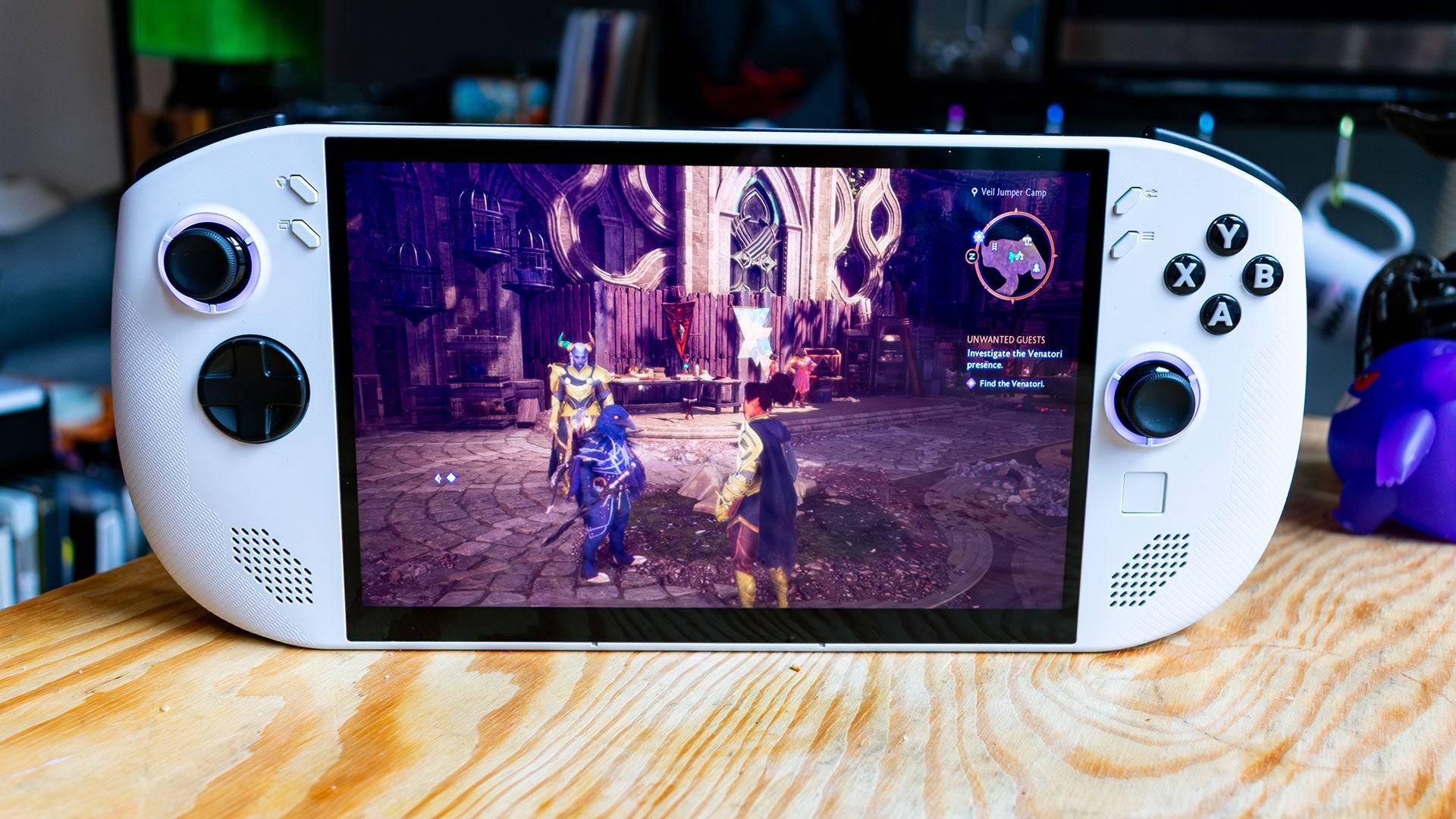
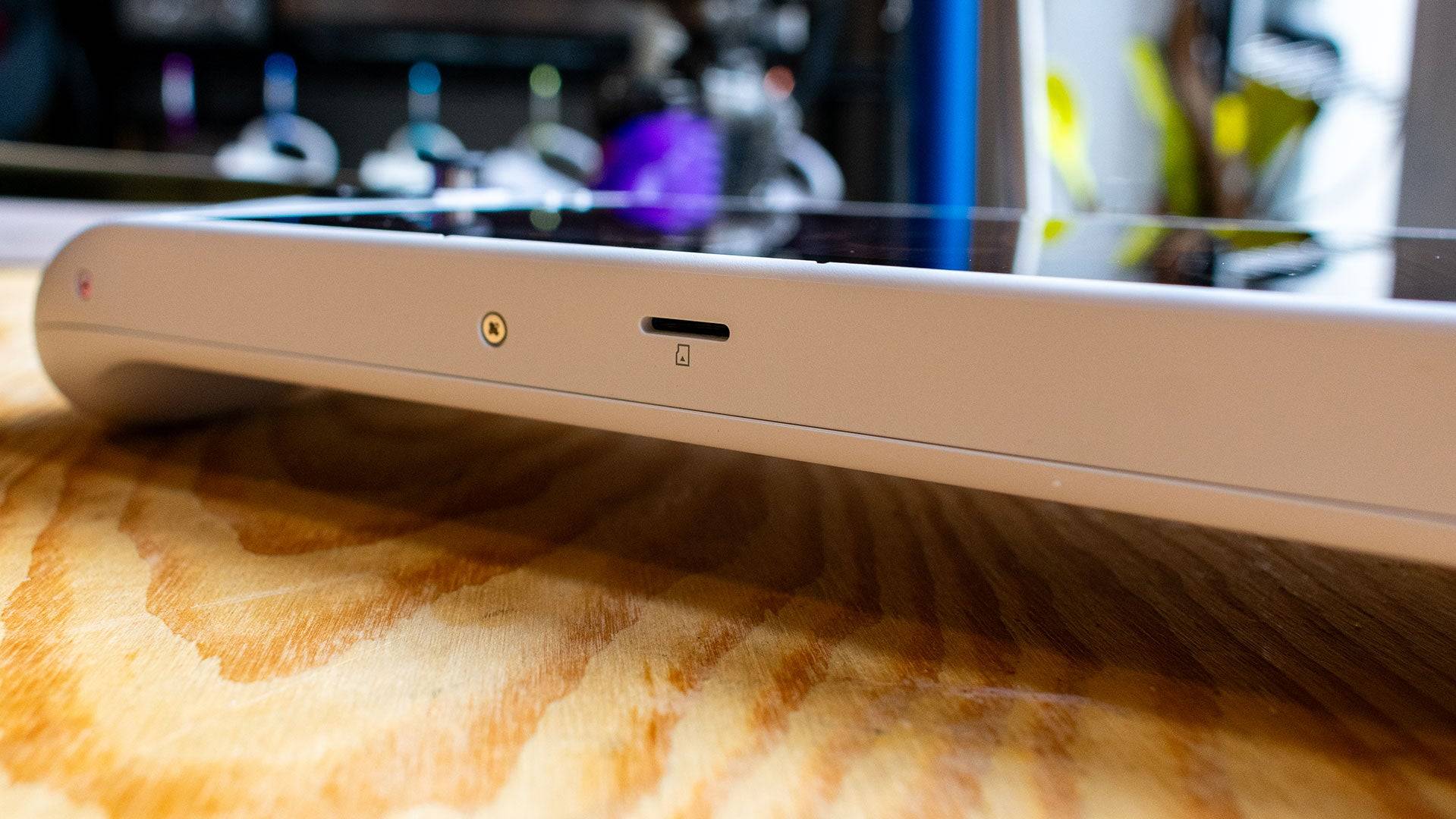
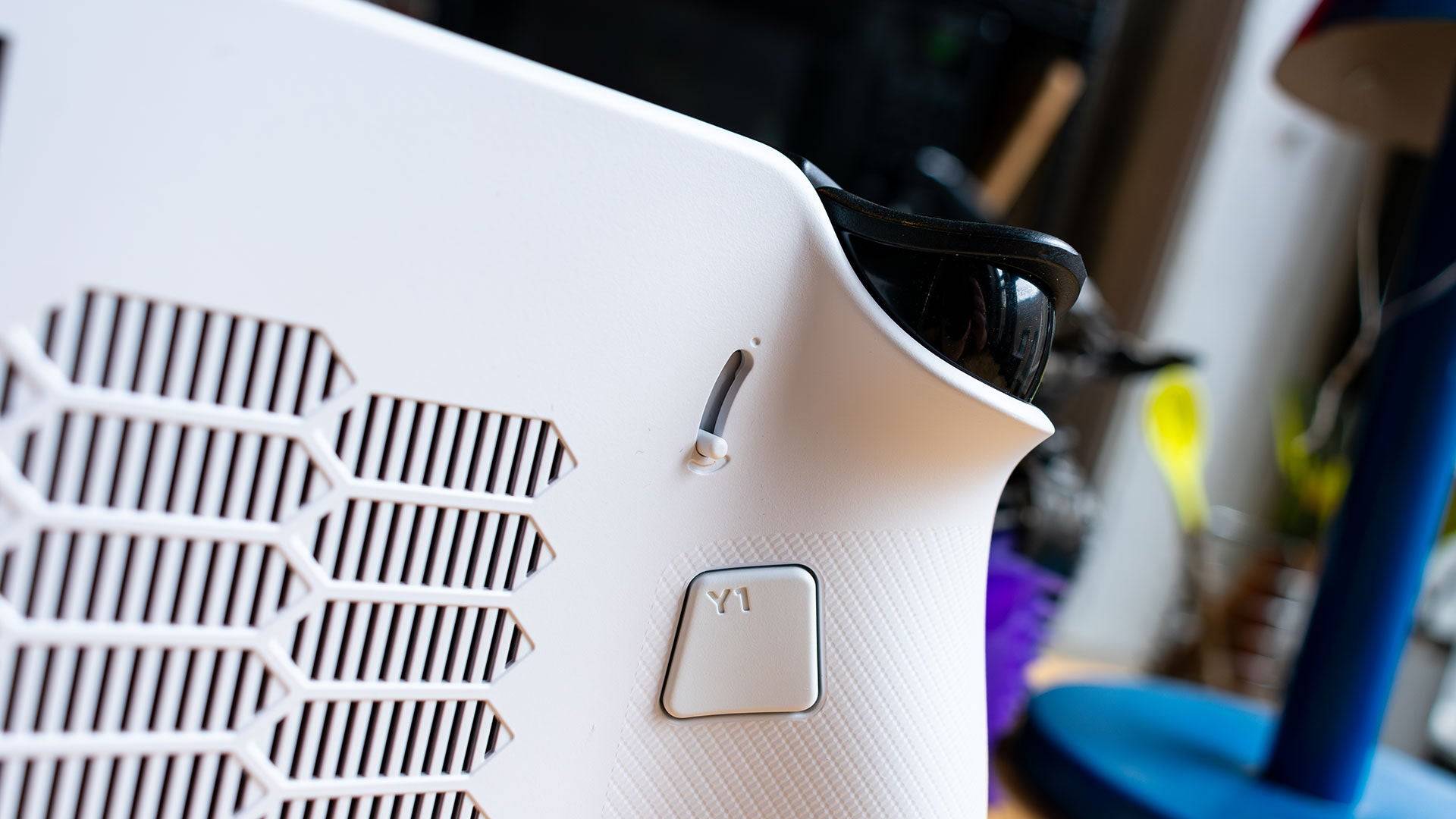
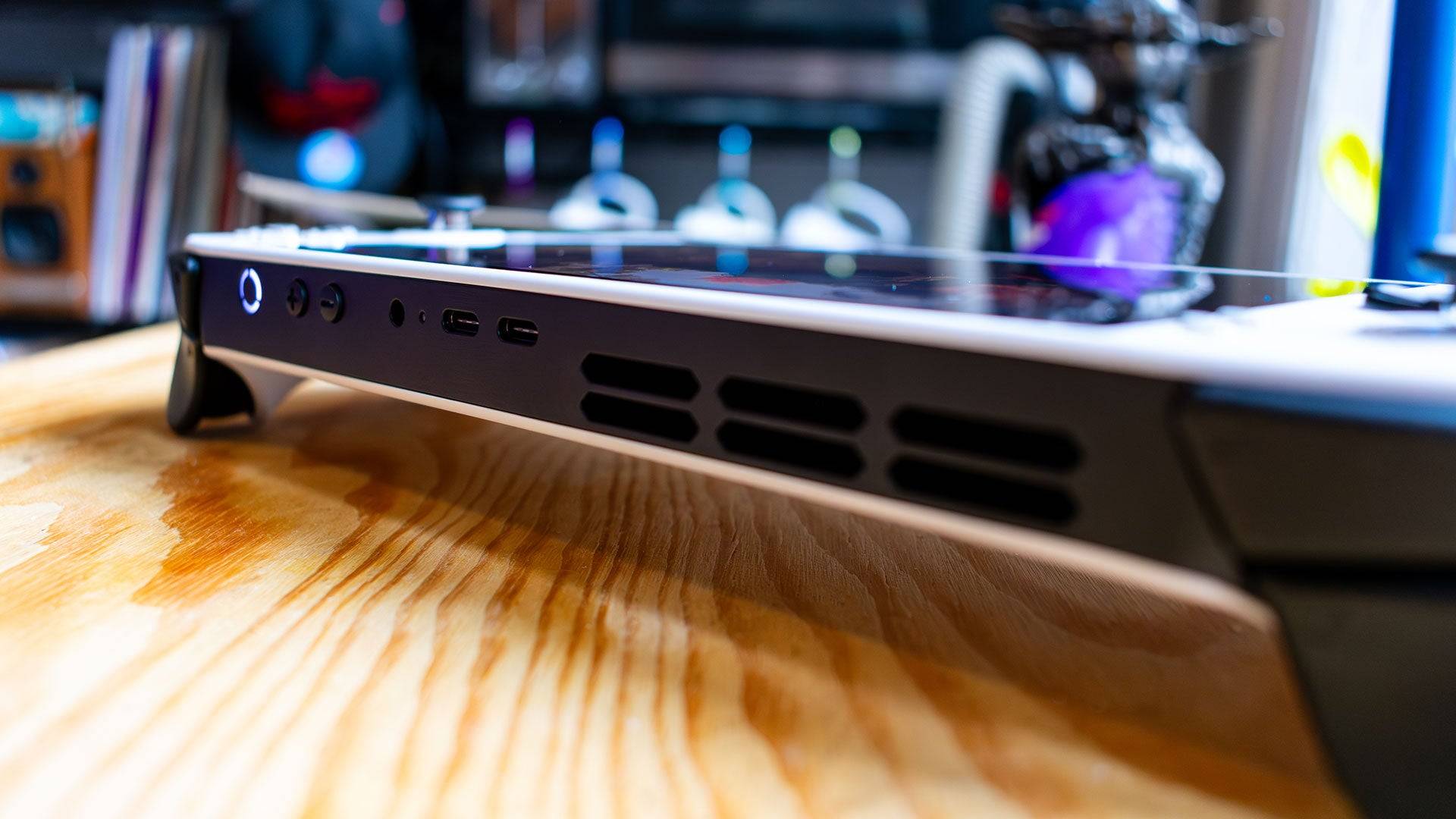
Lenovo Legion Go S – Design
The Lenovo Legion Go S resembles the Asus ROG Ally more than its predecessor. Its unibody design simplifies use, though the device is notably weighty at 1.61 pounds due to its large display and cooling system. While slightly lighter than the original Legion Go (1.88 pounds), it's heavier than the Asus ROG Ally X (1.49 pounds). This added weight, however, is offset by the stunning 8-inch, 1200p IPS display with 500 nits of brightness. Game visuals are exceptional, showcasing vibrant colors and detailed designs across various titles. It's arguably one of the best handheld PC displays, rivaled only by the Steam Deck OLED.
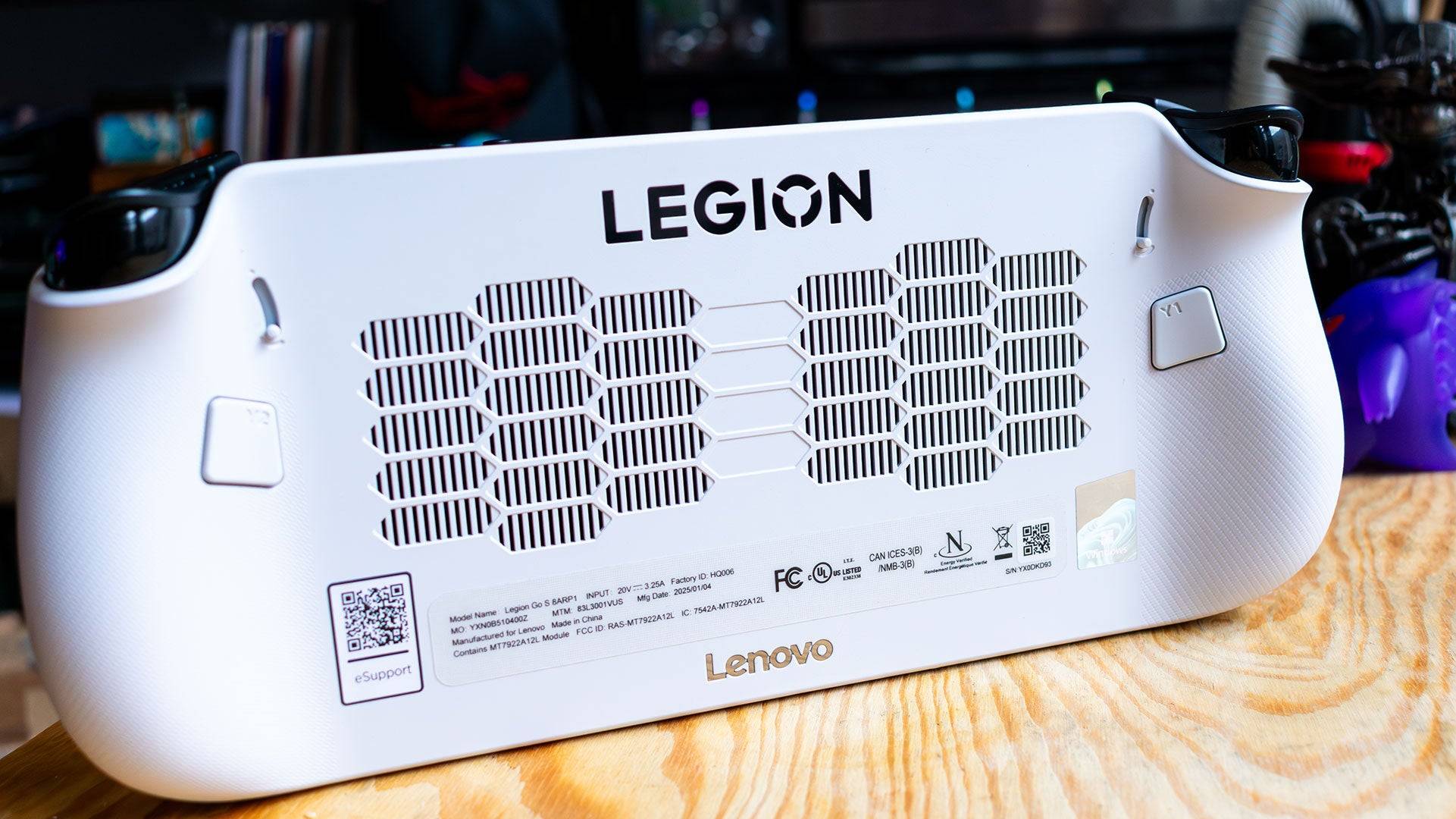
The Legion Go S's design borrows from other handhelds, but remains visually appealing. It's available in Glacier White and Nebula Nocturne (purple), the latter exclusive to the SteamOS version. The joysticks feature bright RGB lighting, customizable via an on-screen menu.
The button layout is more intuitive than the original Legion Go. The Start and Select buttons are now conventionally placed, although Lenovo's own menu buttons above them sometimes lead to accidental activation of the Legion software. These menu buttons are useful, providing quick access to settings and shortcuts. The right-side button offers a menu for adjusting brightness, power settings, and shortcuts like Alt+F4 and Task Manager.

The touchpad, while smaller than the original, remains functional for mouse input, though navigating Windows is slightly less convenient. The left-side button accesses LegionSpace, a software suite for system management, driver updates, and game library integration.
The rear features programmable paddle buttons with increased click resistance, and adjustable triggers with only two settings: full and minimal travel. Two USB 4 ports are located on top, while the bottom houses a centrally positioned microSD card slot, an unconventional placement, especially for docked use.
Purchasing Guide
The reviewed Lenovo Legion Go S (available February 14th, $729.99) includes a Z2 Go APU, 32GB LPDDR5 RAM, and a 1TB SSD. A more affordable 16GB RAM/512GB SSD version will be released in May for $599.99.
Lenovo Legion Go S – Performance
The Legion Go S utilizes the new AMD Z2 Go APU, making direct comparisons challenging. The Z2 Go, a Zen 3 processor (4 cores/8 threads) paired with an RDNA 2 GPU (12 cores), is relatively older technology for a 2025 release. This explains its performance lag behind the Legion Go and Asus ROG Ally X.
Despite a larger 55Whr battery than the original Legion Go, PCMark10 battery tests yielded only 4 hours and 29 minutes, less than the original's 4 hours and 53 minutes. 3DMark Time Spy scores show the Legion Go S at 2,179 points, compared to 2,775 for the Legion Go and 3,346 for the ROG Ally X—a significant performance gap.

Game performance is slightly better. Hitman: World of Assassination showed a slight frame rate advantage over the original Legion Go. However, Total War: Warhammer 3 and Cyberpunk 2077 exhibited similar performance limitations, requiring lower settings for optimal playability. Horizon Forbidden West proved particularly challenging, even at low settings.
While performance numbers might seem low, reducing resolution to 800p and using medium settings allows for playable frame rates in most AAA titles. However, demanding games might require significant compromises. Less demanding games perform exceptionally well.
Wait, It’s More Expensive?
The Legion Go S, despite using the weaker AMD Z2 Go APU and a smaller size, is priced higher ($729) than the Legion Go ($699). This is due to its 32GB of LPDDR5 RAM and 1TB SSD—specifications that are excessive given the APU's limitations. The faster memory in the Asus ROG Ally X makes more sense for higher resolution gaming. The Legion Go S uses slower 6,400MHz memory compared to the Legion Go's 7,500MHz.
Allocating more system memory to the frame buffer improves performance, but requires BIOS adjustments—a process not detailed in the user manual. The extra RAM is largely unnecessary unless using the device for tasks beyond gaming.
AnswerSee ResultsThe high-end configuration is overpriced. The $599 16GB RAM version offers significantly better value.
Latest Articles












![Roblox Forsaken Characters Tier List [UPDATED] (2025)](https://images.dyk8.com/uploads/18/17380116246797f3e8a8a39.jpg)


















